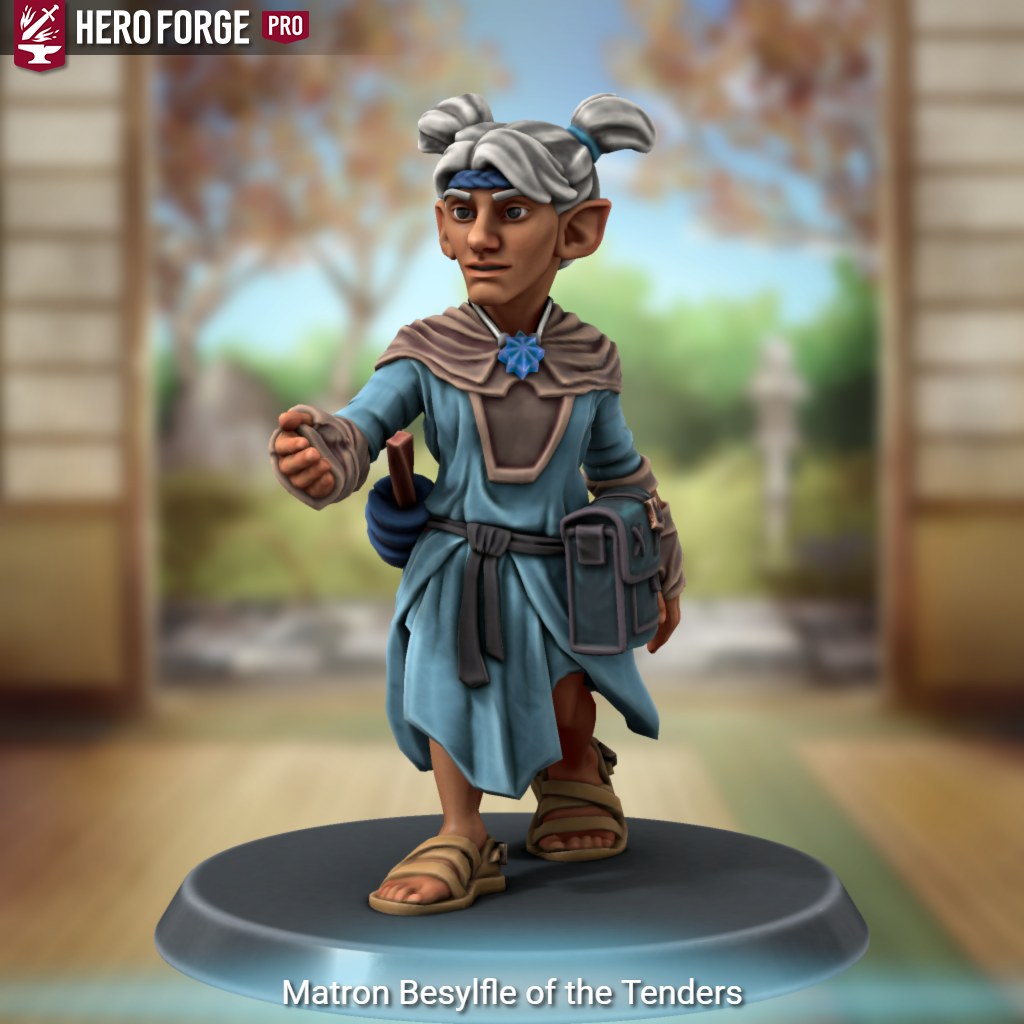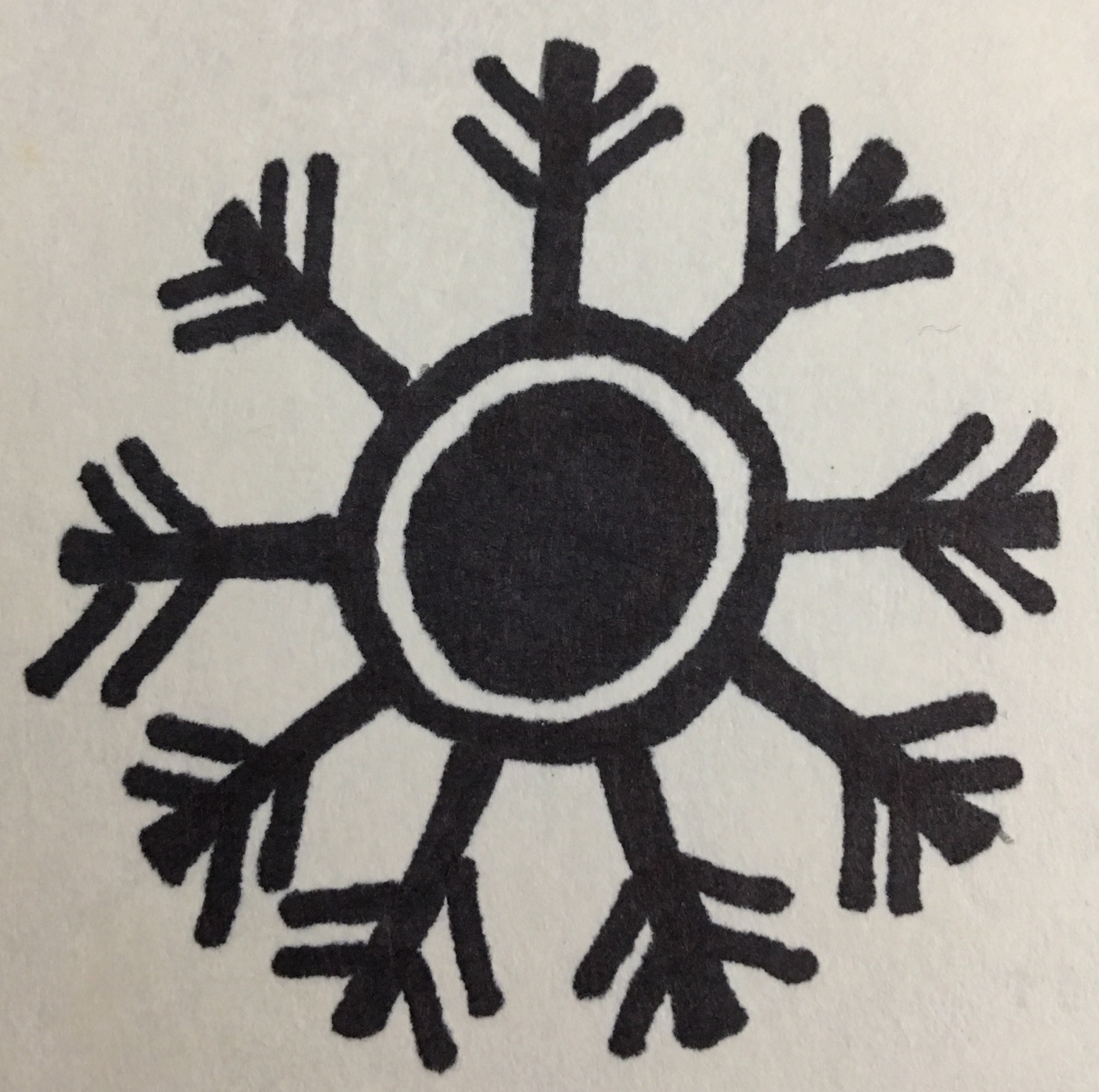wool in Scarterra
Like most other mortal creatures, Scarterran sheep are subject to elemental ethnicity.
Sheep are raised primarily for their wool, and the four elemental variants of sheep lead to a huge variety different type of wool, both in texture and color.
 The plurality but not the majority of Scarterran garments are made of wool.
Other clothing materials used in Scarterra in rough order of cheapest to most expensive is hemp, leather, flax (linen), cotton, and silk.
Compared to the above materials, the value of wool varies widely based on type. The cheapest wool clothing is only slightly more expensive than hemp clothing while garments made from rarest and finest wools are almost on par with silk in terms of cost and rarity.
The plurality but not the majority of Scarterran garments are made of wool.
Other clothing materials used in Scarterra in rough order of cheapest to most expensive is hemp, leather, flax (linen), cotton, and silk.
Compared to the above materials, the value of wool varies widely based on type. The cheapest wool clothing is only slightly more expensive than hemp clothing while garments made from rarest and finest wools are almost on par with silk in terms of cost and rarity.

Scarterran haggling scene by Zeta Gardner
Properties
Material Characteristics
Physical & Chemical Properties
The plurality of all clothing in Scarterra is made of wool. Wool clothing can be found everywhere on peasants and princes alot but is especially popular in colder environments.
The main unique trait of wool clothing is that it retains most of its heat for the wearer even when wet.
Wool is fairly durable and odor resistant compared to other clothing materials.
Sheep with hybrid wools can be deliberately bred (or accidentally bred). In Fumaya we tend to get earthy/airy sheep whether we want them or not. The wool is produced is great for winter wear. Fiery/watery hybrid sheep often produce wool that is both soft and breathable. Great for undergarments because they are worn directly against the skin, feel smooth to the touch, and wick sweat away. When hybrid lambs are born, it is often a matter of a luck how well the elemental traits will manifest. A small number of sheep born to one watery parent and and one fiery parent end up with wool that is both neither soft nor breathable. These unlucky sheep tend to quickly get served up as lamb chops.-Eknok, tengku merchantTengku #5 by Zeta GardnerElemental forces shape wool color, but they also impact texture and utility. Wool from earthy sheep tends to be thicker and more durable than other wools. Wool from watery sheep tends to be softer and smoother. Wool from fiery sheep tends to be very breathable. Wool from airy sheeps tends to be extra warm.
A lambs first sheering produces softer wool than at any other time in its life, even if they are from a breed that doesn't normally have soft wool. Since young lambs are by their very nature small, a first shearing doesn't usually produce a lot of wool. The wool from a lamb's 'virgin shearing' is considered to be valuable for its softness. It is considered good luck to provide newborn infants with garments or blankets made from such wool."
Geology & Geography
Just like with humans and other mortals. Sheep manifest semi-random elemental traits that are roughly 40% match their mothers, 40% match their father, and 20% from their surrounding environments.
Because sheep have much shorter generations than humanoids, they tend to conform to the local geography quickly which makes it difficult to import exotic colored sheep from foreign lands and hope to use them as breeding stock.
Origin & Source
The vast majority of wool in Scarterran comes from sheep.
Wool can be obtained from goats and llamas and alpacas. Llamas and alpacas are not particularly common in Scarterra, but they are locally popular in some places.
Goat wool is softer and less scratchy than sheep wool, but goats don't grow their hair as fast as sheep.
Wool of exotic magical creatures, such as Death Goats can be used as durable reagents for creating magical cloaks and bags. Such wool is extremely rare and is not commonly available.
History & Usage
History
Elves and others regularly herded sheep during the Second Age. During the Second Unmaking most domesticated sheep were abandoned and a lot of sheep died during the harsh winters and general chaos, but Void demons rarely if ever slew sheep they came across so many sheep went feral.
The relatively large population feral sheep at the dawn of the Third Age made it very easy for surviving elves and newly emerging humans to rediscover shepherding arts and the great utility of Scarterran wool.
Industrial Use
It turns out that just like there are cheap wools and expensive wools, there are cheap dyes and expensive dyes. Basic red dye is pretty common and affordable and can make almost any garment a dull red but if you want garments to be bright red, than you need very expensive red dye. The most discerning (and well paying customers) really want bright vibrant colors. If you want the bluest blues, you start with blue wool and then add blue dye to it. The same for red, green, yellow, or any other color. Even if you have wool that is a dull colors, it is easier to make a bright red garment by taking naturally occurring dull red wool and adding red dye to it than it is to take naturally occuring grey wool and adding red dye to it. Fashion conscious lords and ladies (okay mostly ladies) can see the difference between dyed wool and naturally colored wool, and will pay extra for natural colors. Dyes will eventually fade with repeated washings, but natural wool colors persist through almost limitless washing""My parents wanted me to be a merchant, but I ended up marrying a tailor, so I act as merchant on behalf of my husband both selling his finished work and buying raw materials for his craft. I learned more about wools and dyes than I ever thought was possible. I often wondered why anyone bother buying naturally occurring blue wool when you can just apply blue dye to cheaper wool. The answer is surprisingly complicated.
Byproducts & Sideproducts
Sheep are kept primarily for their wool, but sheep can be eaten.
Since wool is a valuable resource, and Scarterrans don't like to throw away income producing animals, lamb meat is considered a high status or rich people food.
Most sheep that are raised for meat are sheep by accident of birth happen to have inferior wool.
Distribution
Trade & Market
Very dark black wool and very bright white wool can sell for double or even triple what more common wool sells for. Once in a while some watery influence seeps into our sheep and we see slightly green or blue tinted wool. Mostly white wool with a slight blue tint is both rare and very valuable almost exclusively worn by nobles. Naturally, shepherds will try to selectively breed sheep to produce more valuable colors of wool. This is certainly possible, but a lot of the process is luck. Even when two sheep with a the same coloration mate, you are lucky when even half the lambs match the parents. I don't own a lot of sheep, so I cannot afford to be picky about what I breed. I focus on breeding the healthiest rams with the healthiest ewes and not worry about the color. Sometimes, by dumb luck, I end up with a lamb with a valuable wool color. We herders call these welcome surprises 'jewel ewes' (this include rams too, but 'jewel rams' doesn't have alliteration). I will usually sell my jewel ewes to the local nobles (or more accurately to the local nobles' shepherds). I can get three or even four healthy 'common lambs' with each such trade. I've only seen a tiny handful of exotic foreign wools, but I understand that hybrid colors are the norm in other lands too. There are sheep in East Colassia that are bright yellow, striking red, or vibrant orange, but these sheep are fairly rare. More common are dirty yellows, orange tinted browns, and dull reds. Not too surprisingly, wool in 'pure yellow' sells for a lot more than 'common yellow' (with a brownish tint), and so on and so forth for all the colors. While pure white and pure black wool sells for double in Fumaya, it is still affordable for many commoners to wear a garment made out of a local pure color. But while white and black wool is relatively common place here, way down south, it is considered exotic and valuable. It can sell for four or five times the amount in faraway lands. Likewise, blue wool is considered exotic in Fumaya but is pretty common in the tropical islands of the Elven Empire. Some merchants and traders can sustain their living entirely by buying 'common wool' in one place, traveling a long distance, sell their 'exotic wool', and use the profits to buy 'common wool' then circle back to their original location to sell the 'exotic wool'. Even a "common yellow" from the Elven Empire will sell for a lot up north. Sometimes exotic breeding rams and ewes are transported alive and moved to faraway locations to breed exotic wooled sheep in foreign locations. This works well enough but because the local elemental genealogy will gradually seep in. That means each successive generation of new lambs will gradually revert back to the local norm. You can fight this elemental reversion by raising sheep near a localized font of elemental power. Most of elemental fonts of power are claimed by the nobles and you'll notice a lot of nobles keep their sheep penned nearby. A shepherd can make a lot of money breeding rare sheep, but it is very complicated. This is why you are far more likely to see wool traded than to see live sheep traded.In general the more rare a wool color is, the more valuable it is. The two things that are affect wool value are its color purity and the presence or absence exotic colors. There are more dark grey sheep than there are midnight black sheep. There are lots more light gray or slightly brownish off-white sheep than there are snow white sheep.
Storage
Wool is pretty durable and rot resistant, but it attracts moths.
Moths are far more likely to attack wool kept in long-term storage somewhere than to go after wool that moves, so a traveling wool merchant needs to worry more about mortal thieves than winged pests.

moth by Colin Davis
Type
Textile
Related Locations
Related Species
Related Professions
Cover image:
by
me with Midjourney











I like this! :D